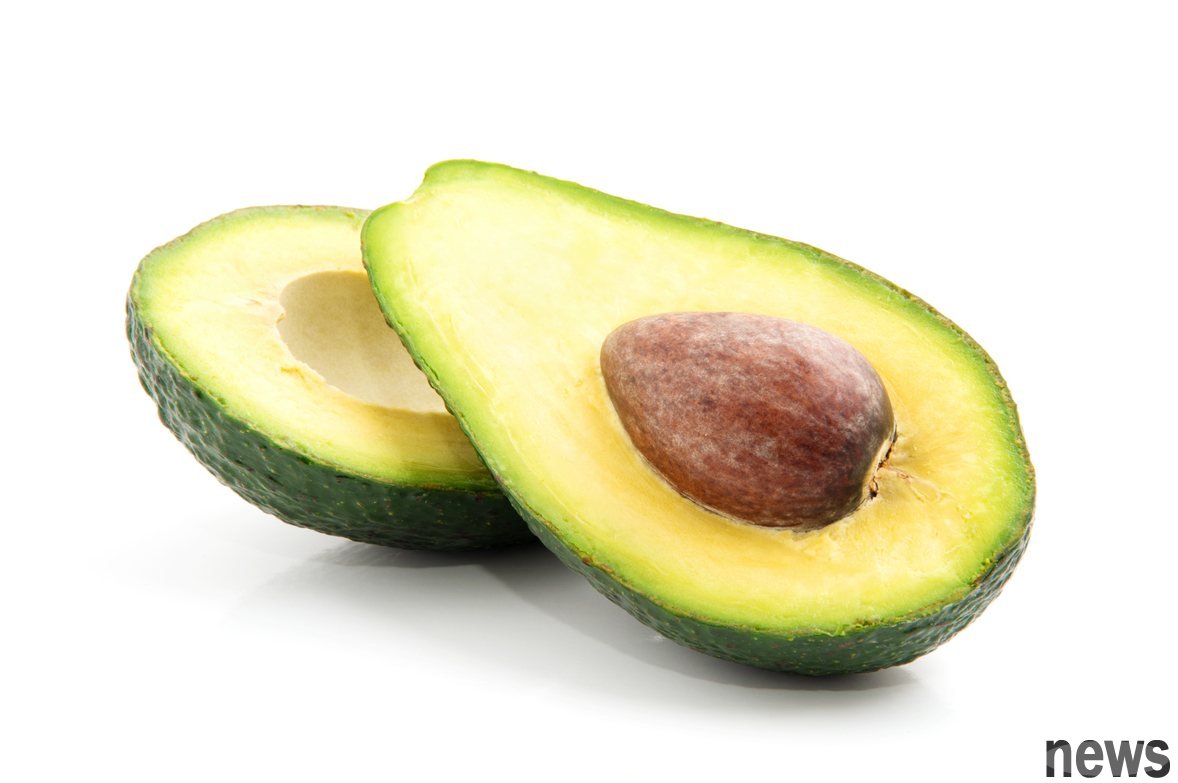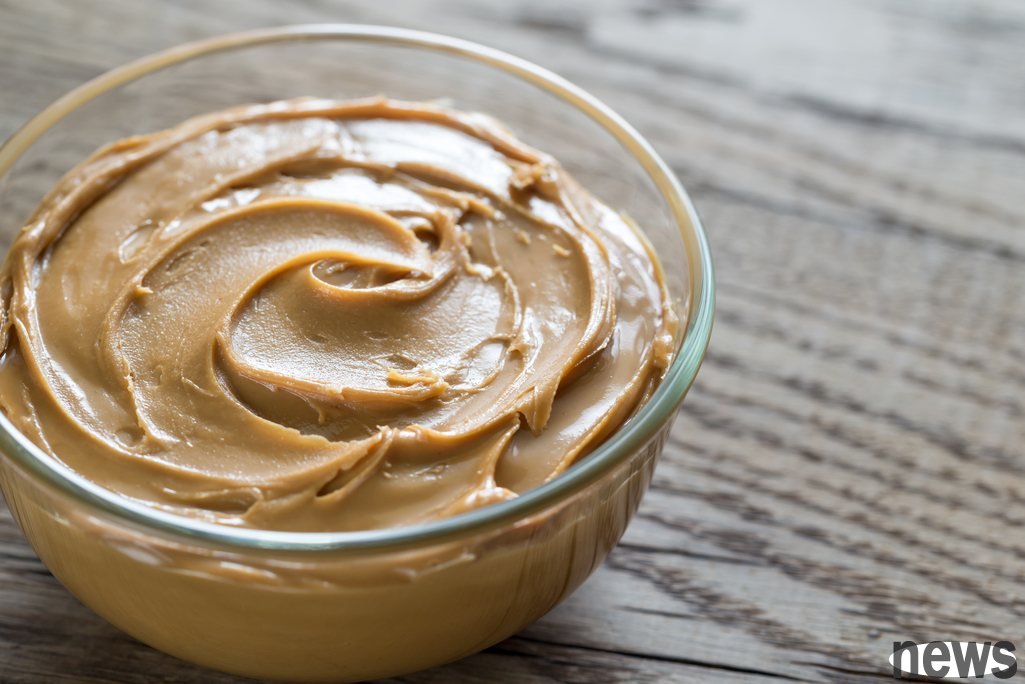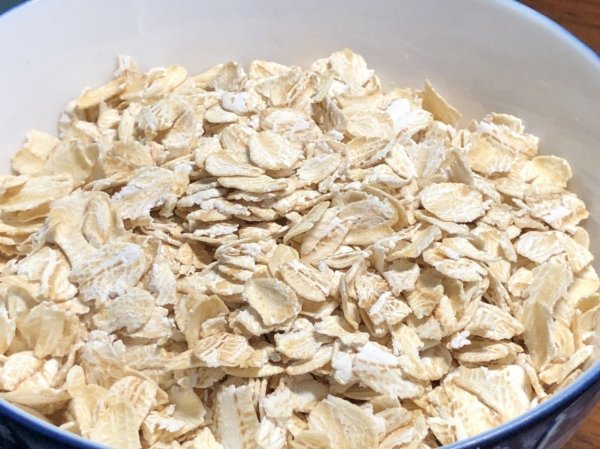High nutrition ≠ high protein! 6 kinds of food are often misunderstood as "high protein". Peanut butter is enough to be eaten together with "one thing"

Protein is an essential nutrient for the human body and is used to build muscles and repair cells. According to Halle Saperstein, a clinical nutritionist at Henry Ford Hospital in West Bloomfield, "high-protein" foods usually contain at least 20 percent protein. However, some foods that are considered healthy or highly nutritious actually contain far less protein than you might think. According to the website Verywell, there are 6 common but not really high-protein foods, and nutritionists also provide suggestions and alternatives.
1. Almond milkSaperstin pointed out that although almond milk is a good substitute for those who are lactose intolerant or do not drink milk, its protein content is far from that of milk. "Because it's labeled as 'milk,' people might assume that its protein is similar to cow's milk, but unless it's protein-fortified, that's not the case," she said. A cup of unsweetened almond milk contains only 2 grams of protein, compared with 8 grams in a cup of cow's milk.
{9 99} 2. AvocadoAvocado is rich in fiber, healthy monounsaturated fat and potassium. It is a fruit with high nutritional value, but it is not a high-protein food. Saperstin said that half an avocado (a standard serving) contains only 1.5 grams of protein, which is far lower than what most people think of as "high protein."
3. HummusMany people view chickpeas as a source of plant-based protein, but Saperstine points out that small portions of hummus don't actually contain much protein. A small serving (about a quarter cup) of hummus contains only 2 grams of protein and 70 calories. If you want to add enough protein, you need to pair it with other beans or staple foods.
4. Cereal barsCereal bars are often regarded as convenient high-protein snacks, but in fact, the nutritional labels of different items vary greatly. Saperstine said that some cereal bars only contain 1 to 3 grams of protein per bar. "When purchasing, you should choose products that contain 10 to 15 grams of protein per bar to achieve the supplement effect." She reminded consumers to check labels to avoid being misled by propaganda.
5. Peanut Butter

Peanut butter has always been known as a high-protein spread, but it only contains 7 grams of protein per two tablespoons. Theresa Gentile, a New York-based nutritionist and spokesperson for the Academy of Nutrition and Dietetics, suggests that if you want to increase your protein intake, you can eat peanut butter with Greek yogurt or whole grain bread. The latter can add about 3 to 5 grams of protein per slice.
6. CheeseZhentel pointed out that although cheese contains protein and is rich in nutrients, it is still not a high-protein food. However, if you like its flavor, there is no need to avoid it. She said: "Only a daily intake of a variety of high-quality protein foods can meet the body's needs. Seafood, poultry, lean meat, beans, eggs, soybeans and low-fat dairy products are all good sources."
In recent years, protein has become the focus of healthy diet, but the actual amount required may not be as much as outsiders think. According to recommendations, adults should consume 0.8 grams of protein per kilogram of body weight per day. Actual needs vary depending on lifestyle, age and gender. Saperstine said people pursuing fitness goals don't necessarily need high-protein drinks. "Many people don't realize that they can get enough protein by consuming beans, nuts, tofu, meat, fish, poultry, eggs and dairy products." She recommends maintaining a balanced ratio of carbohydrates, healthy fats and protein at each meal, and consuming 20 to 30 grams of protein at each meal, evenly distributed throughout the day.




